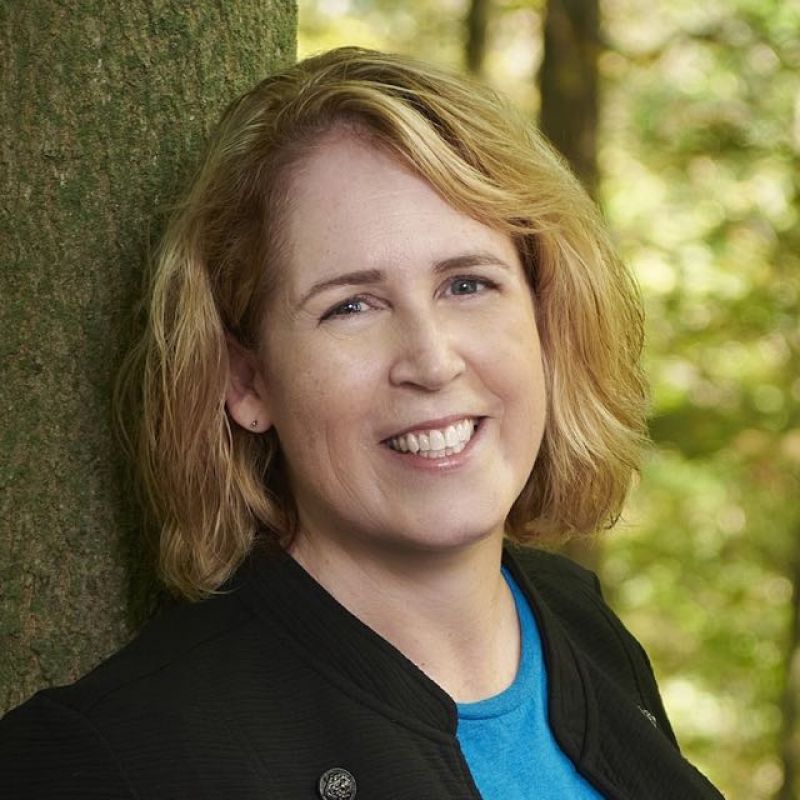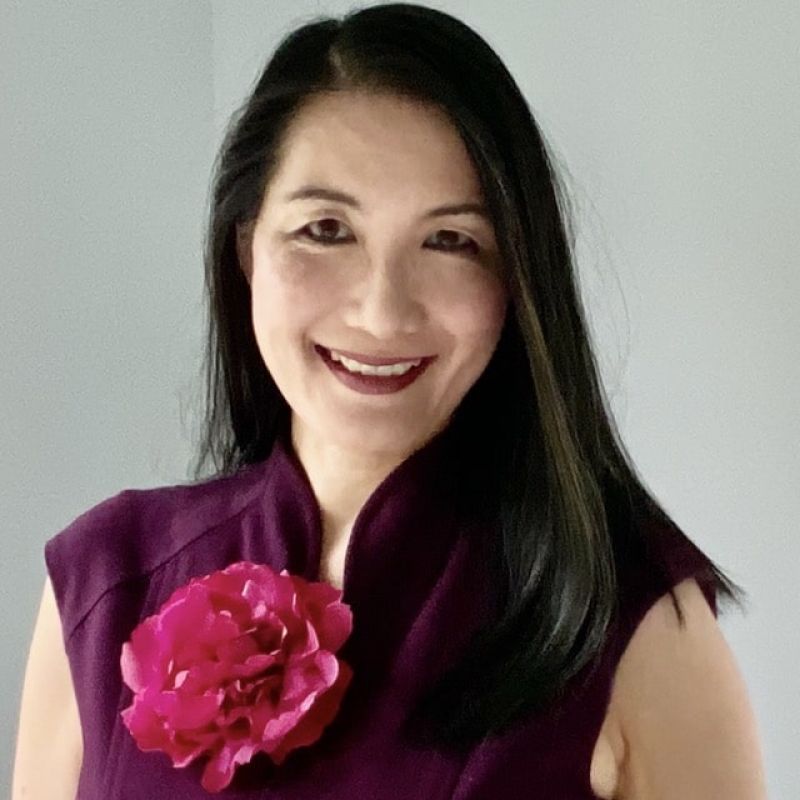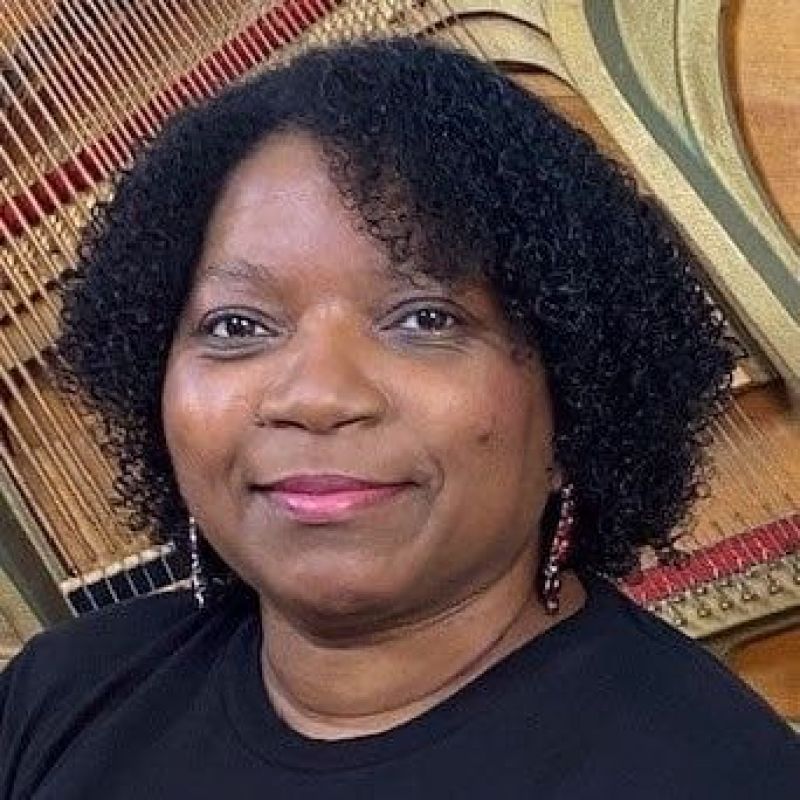Publishing Archives
From Our Blog

When listing their 10 top horror novels for 2024, The New York Times said we’re in a golden age of horror, which is wonderful news for anyone who writes—or wants to write—in the genre.
When I got my adult library card at 13, I went straight for the horror section. That’s what I loved to read and also what I wrote. But when I started thinking about writing for publication, I discovered that the …

What is IngramSpark? IngramSpark (IS) is a service by Lightning Source, the print-on-demand division of Ingram, part of Ingram Content Group. IS distributes to more than 40,000 locations around the world, including libraries, independent bookstores, big box stores, and airport retailer Hudson.
Even if you are exclusive to Amazon for ebooks, you can make print books available through IngramSpark…

In Romeo and Juliet, William Shakespeare writes this line from Juliet to Romeo:
What’s in a name? That which we call a rose By any other name would smell as sweet.
Likewise, authors sometimes wish readers would judge our books purely based on prose, character, and plot. But let’s face it, readers are often swayed by an eye-catching book cover or a clever title.
The reality is that there are mil…

Pondering the Pursuit of an MFA? Consider the Pros, the Cons, and the Worth of Your Why
When Black & Published podcast host and author Nikesha Elise Williams queried 12 agents in November of 2022 with her latest manuscript, The Seven Daughters of Dupree, she told herself that if she didn’t receive representation, she would pursue earning an MFA (Master of Fine Arts) degree.
She had plenty of options to choose from; there are 256 low- and full-residency MFA programs across the …

“Teenagers. Everything is so apocalyptic.” —Kami Garcia
Author Kami Garcia hit the nail on the dramatic head with that line from her novel Beautiful Creatures. We can all relate to it because each of us was a teenager once. Our teen selves still live inside us. The proof? How much we tend to like the music from our teenage years (still love Bon Jovi) and how often we share memes that fit our sp…

After a recent interview with my author friend, she proudly shows me the covers for the next four books in her Christian romance series. My marketer’s eye immediately sees that the designs mimic each other too closely and aren’t distinguishable from one another. Their muddy color palette won’t pop against competitive titles, especially as a thumbnail online.
Wanting to support her success, I pr…
